8 Ways to Create a Safe, Comfortable Home in Winter
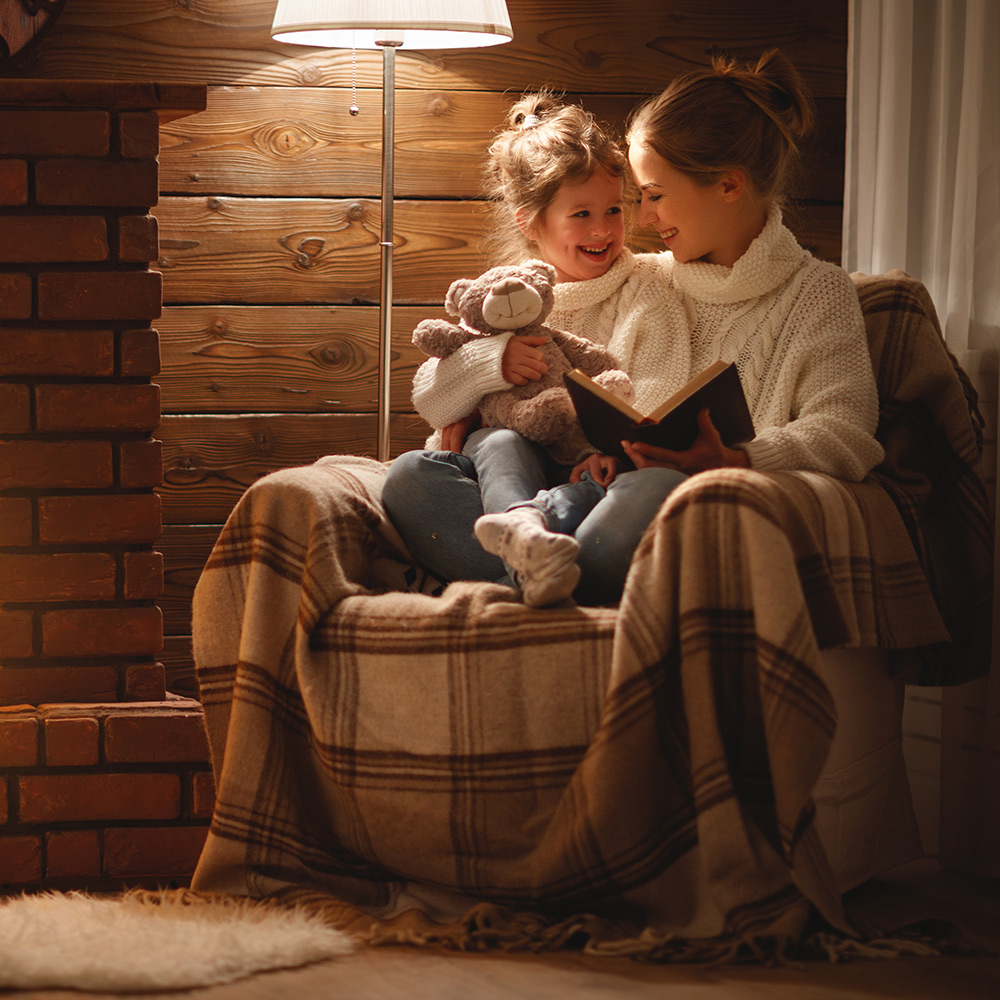
Last updated September 7, 2023
Dropping temperatures and freezing storms make winter an ideal time to be at home. Keeping your house safe and cozy during this time of year is essential. With just a few simple projects, you can prevent the heat from leaving and block the cold from coming in. Read on for tips on setting your thermostat, shoveling snow, eliminating drafts and more.
Table of Contents
Adjust Thermostat
Add Insulation
Seal Windows
Handle Winter Storms Safely
Change Furnace Air Filter
Keep Gutters & Roof Clean
Adjust Thermostat

Turning up the heat is the first thing most do during the colder months of the year. But you don’t have to go overboard to keep your home comfortable. Energy experts recommend you set your thermostat at 68 degrees during the day and about 7 degrees less at night. Not only will your home be nice and toasty, but you could also reduce your energy bills by 10 percent.
Turning up the heat is the first thing most do during the colder months of the year. But you don’t have to go overboard to keep your home comfortable. Energy experts recommend you set your thermostat at 68 degrees during the day and about 7 degrees less at night. Not only will your home be nice and toasty, but you could also reduce your energy bills by 10%.
Tip: Lay area rugs throughout your home to block cold coming under the floors.
Add Insulation
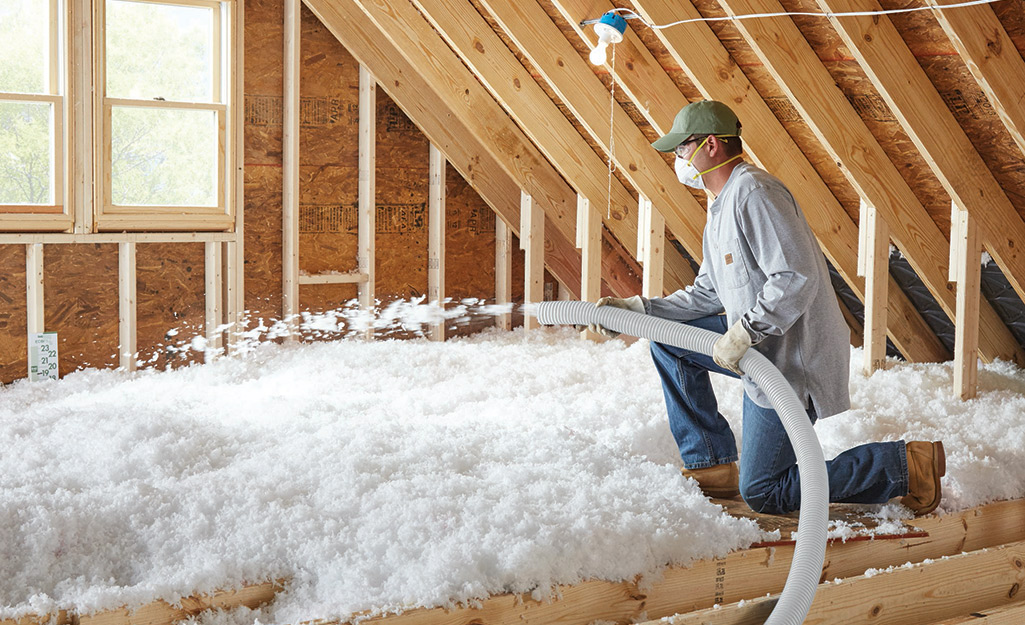
Heat rises and almost a fourth of it leaves through your roof. Keep your furnace from overworking by adding insulation to your attic. From the popular insulation rolls to professionally blown foam, insulation will help keep your home snug and the energy bills down.
Heat rises and almost a fourth of it leaves through your roof. Keep your furnace from overworking by adding insulation to your attic. From the popular insulation rolls to professionally blown foam, insulation will help keep your home snug and the energy bills down.
Tip: Reverse the motion on your ceiling fans so they turn clockwise. This will push warm air downward into the room.
Seal Windows
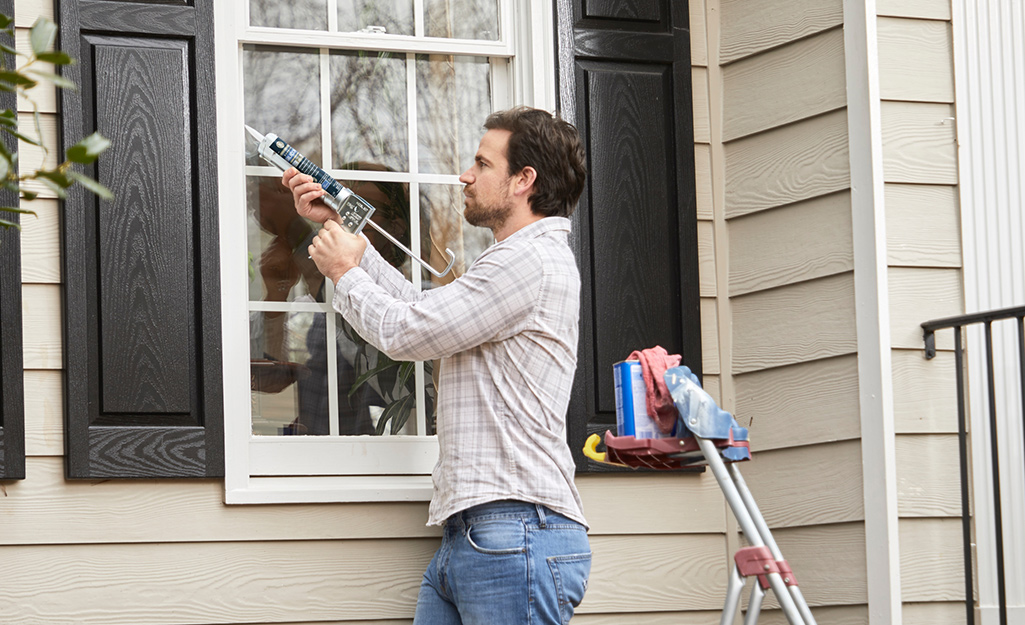
About 10 percent of your heat escapes around your windows. Fill the air gaps around windows with caulk. Caulk is budget-friendly and the windows in an average home can be done in a weekend. Plus, consider that 60 percent of heat escapes directly through window glass. After you’ve caulked, add an extra layer of insulation with heavier drapes or blinds.
Handle Winter Storms Safely
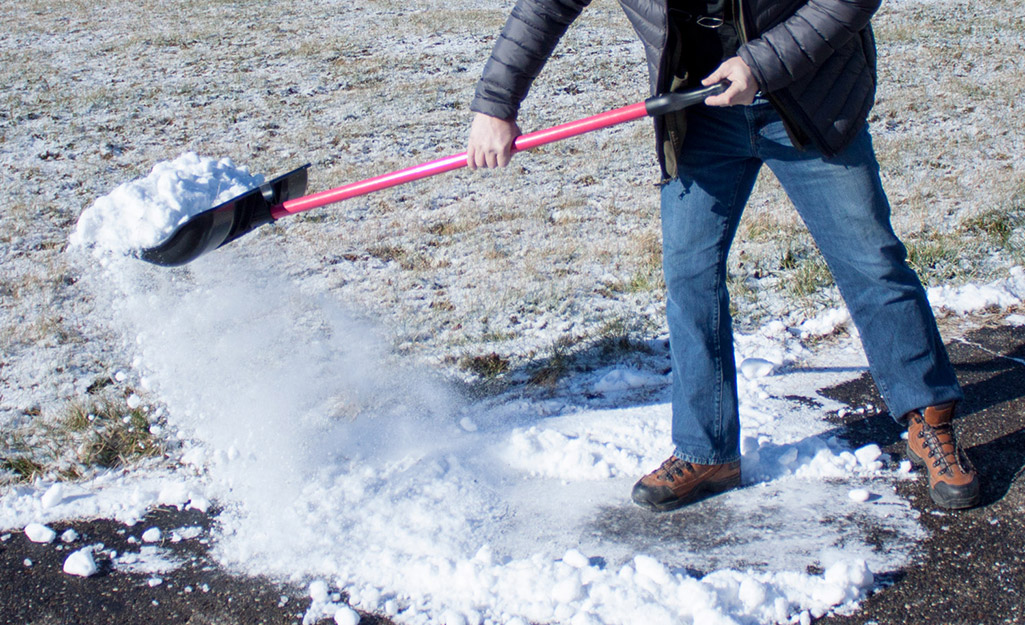
Snow and icy storms can be one of winter’s biggest problems. As essential as it is to remove snow and ice from around your home, it’s even more important to do it safely. Make sure you have ice melt or rock salt on hand and sprinkle on steps, walkways and other hard surfaces before the weather hits. When removing snow, use a sturdy shovel made for the job. Wear slip-resistant shoes or ice cleats and dress in layers. Remember to lift with your legs to avoid back strain. If you can, shovel in intervals while it is snowing to make the job easier in the long run.
Change Furnace Air Filter
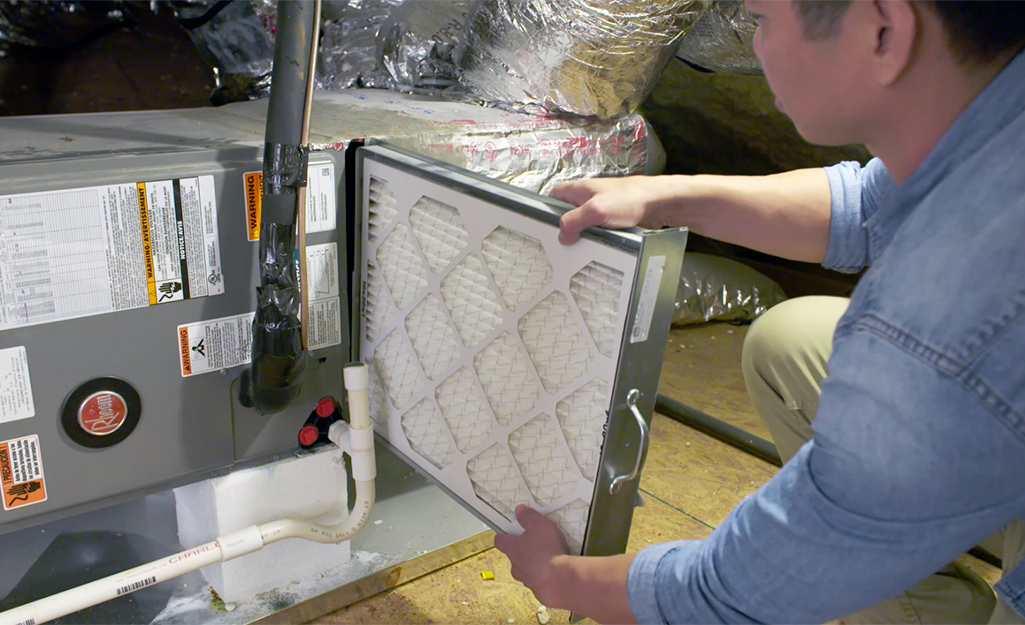
Changing your furnace air filter will ensure that it runs as efficiently as possible. An overworked furnace can use lots of energy without providing a lot of heat. The strain can cause your furnace to break and need expensive repairs or even replacement. Plus, changing the air filter keeps dirt, dust and other allergens from circulating in your home. This improves your home’s air quality in the winter and makes it more comfortable.
Keep Gutters & Roof Clean
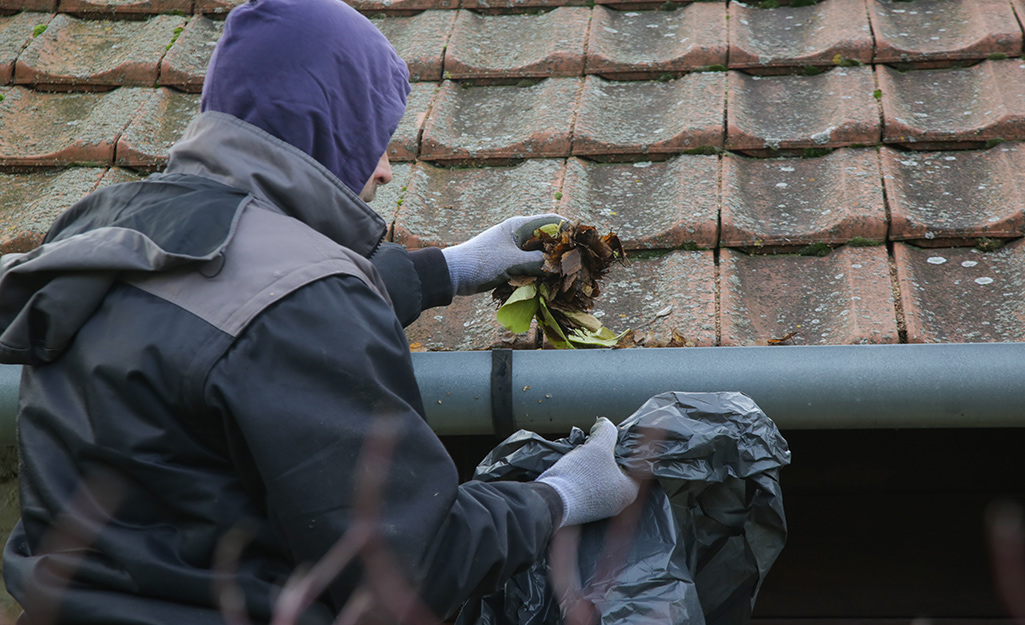
Cleaning your gutters isn’t just for fall. Wind can fill your gutters with broken branches and other debris. Removing these keeps your gutters from backing up and causing leaks. You’ll also want to safely remove large amounts of snow from your roof. When the snow melts, the water can refreeze, leading to ice dams. These ice dams are very heavy. They can make it impossible for water to drain off your roof which can cause leaks and damage.
Prevent Drafts
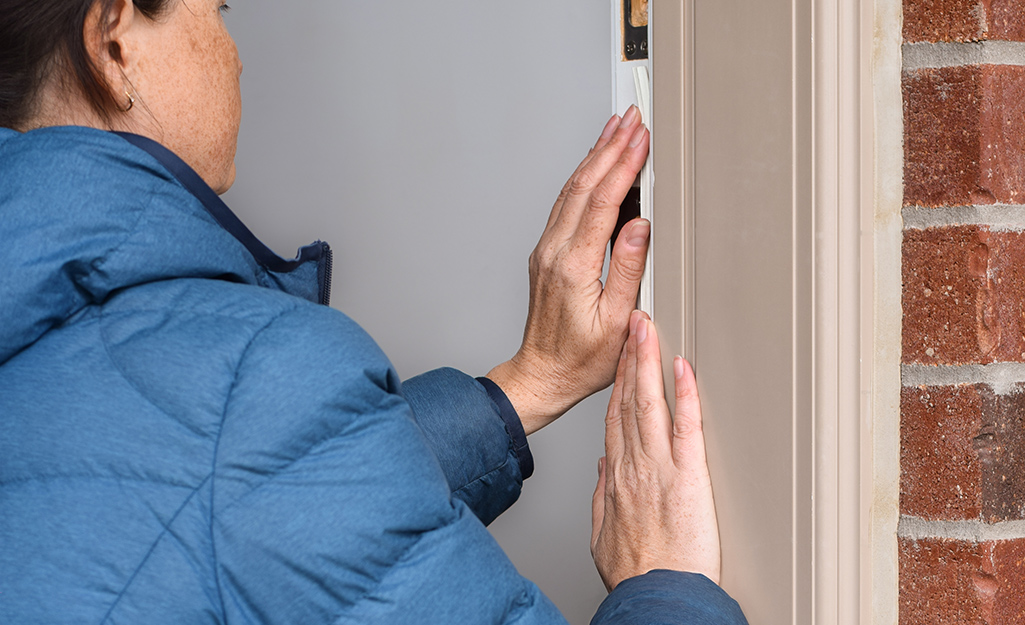
Cold air can seep in through cracks around doors, windows, pipes, fireplaces, pet doors and door keyholes. Do an inspection by holding your hand around these areas. If you feel a draft, here are a few things you can do to seal up those areas.
- Insert foam weatherstrips in the spaces around door frames.
- Spray silicone sealant around pipes and outside vents.
- Cover keyholes with an escutcheon plate.
- Use a brush strip or hinged flap on the bottom of doors.
- Remember to close the fireplace flue and use a fireplace draft stopper.
Replace Doors & Windows
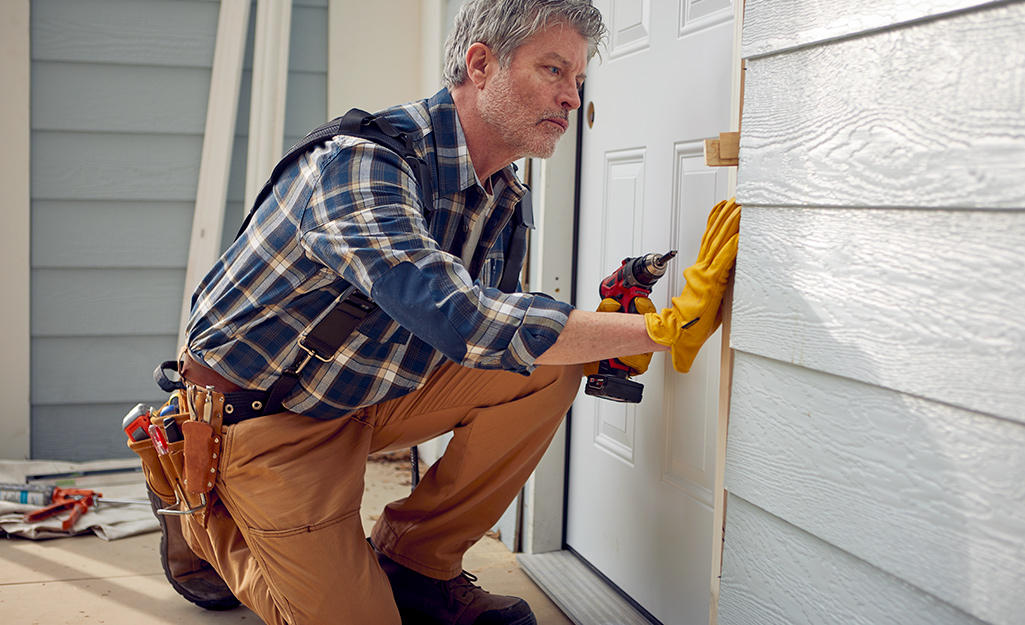
If caulking and plastic aren’t doing the job, then new windows or doors may be a good idea. Update your windows to more energy-efficient ones. Some types of windows work double duty keeping heat in during the winter and heat out during the summer. Consider exchanging your old exterior doors for energy-efficient fiberglass ones. Or add storm doors to entrances that get a lot of use. They will help keep the cold and weather out as family and friends come and go.
By doing a few DIY maintenance projects, you’ll be able to enjoy your time at home this winter. Sealing air leaks, adjusting the temperature and stopping drafts can keep you comfortable and save you money. Ready to tackle the list? Get the tools and materials you need. The Home Depot delivers
online orders
when and where you need them.































